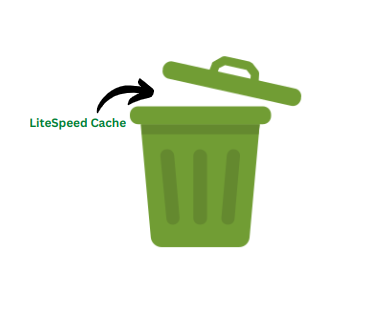How to clear the LiteSpeed cache easily? With our Server Support Services, bobcares provide the solution for the question.
Clear LiteSpeed Cache
Why do we need to clear the LiteSpeed cache? The answer is simple. We need to run our site efficiently. In this article, we will see how we can achieve this using 3 methods, namely:
- Using Plesk
- Using cPanel
- Using WordPress

Clear LiteSpeed Cache Using Plesk
By deleting the cache files that are kept in the account, we can delete the LiteSpeed cache in Plesk. However, to clear it manually, follow these below steps:
- Firstly, log into the Plesk account.
- Then select File Manager.
- Click the lscache folder in the File Manager’s left column.
- Click the checkbox to select all of the files and folders in the lscache directory in the headings at the top of the right column of the file manager.
- Click Remove in the File Manager toolbar.
- A dialogue box asking for confirmation opens.
- Finally, click Yes to confirm the deletion.
Clear LiteSpeed Cache Using cPanel
- Firstly, log into the cPanel account.
- Then access File Manager.
- Select the lscache folder in the left column of File Manager.
- Click Select All in the toolbar above the right column of File Manager.
- Click Delete in the File Manager’s top toolbar.
- Then a dialogue box for confirmation appears. Select Skip the trash and permanently delete the files checkbox, then click Confirm in the confirmation dialogue box.
Clear LiteSpeed Cache Using WordPress
- Firstly, log into the WordPress site.
- In the menu on the right side of the page, select LiteSpeed Cache, then select Toolbox.
- Click Empty Entire Cache to clear the cache for this website and any other websites set up in the same account, or click Purge All to only clear data for this website.
The Purge this page option we get by hovering over the LiteSpeed icon in the top toolbar can be used to remove the cache for a specific page.
[Need a solution to a different question? We’re available 24/7.]
Conclusion
To conclude, we provide three simple solutions from our Tech team to clear the Litespeed cache using cPanel, WordPress, and Plesk.
PREVENT YOUR SERVER FROM CRASHING!
Never again lose customers to poor server speed! Let us help you.
Our server experts will monitor & maintain your server 24/7 so that it remains lightning fast and secure.










0 Comments